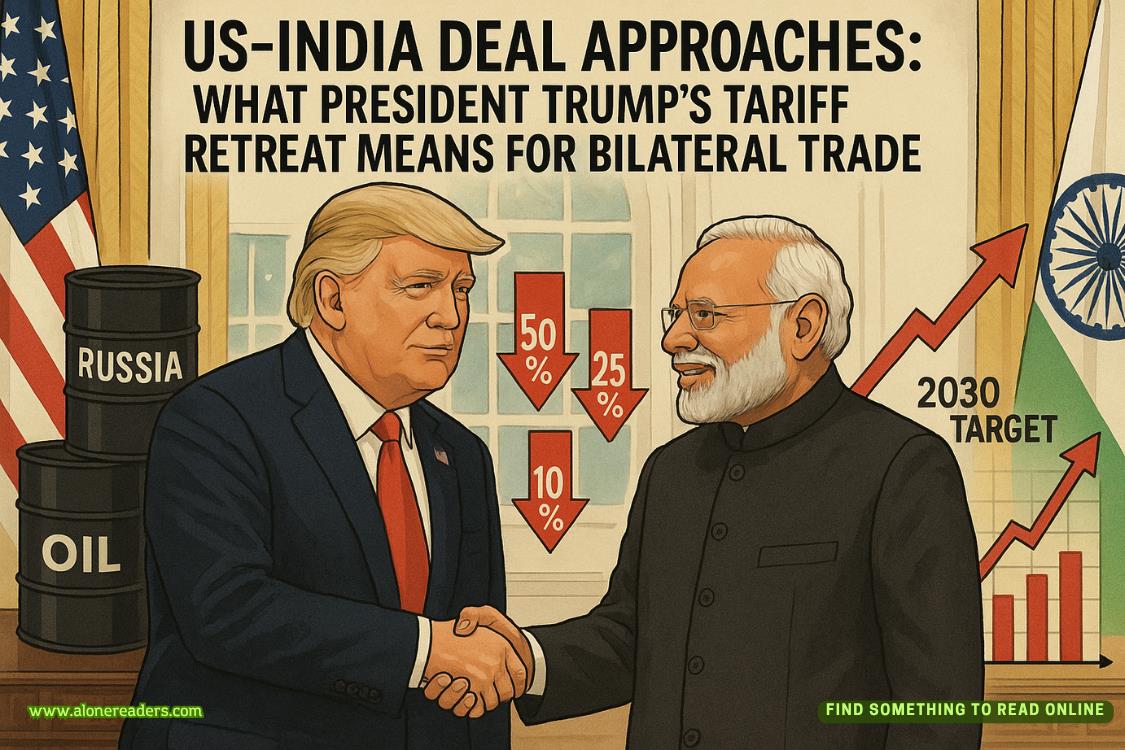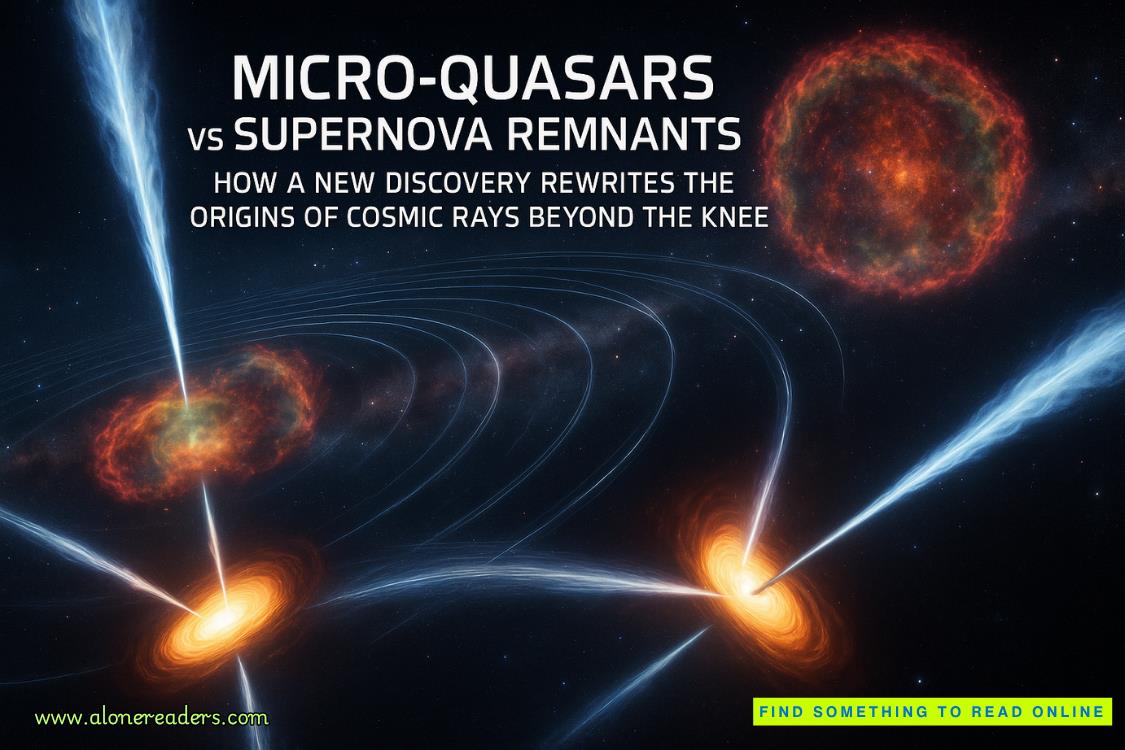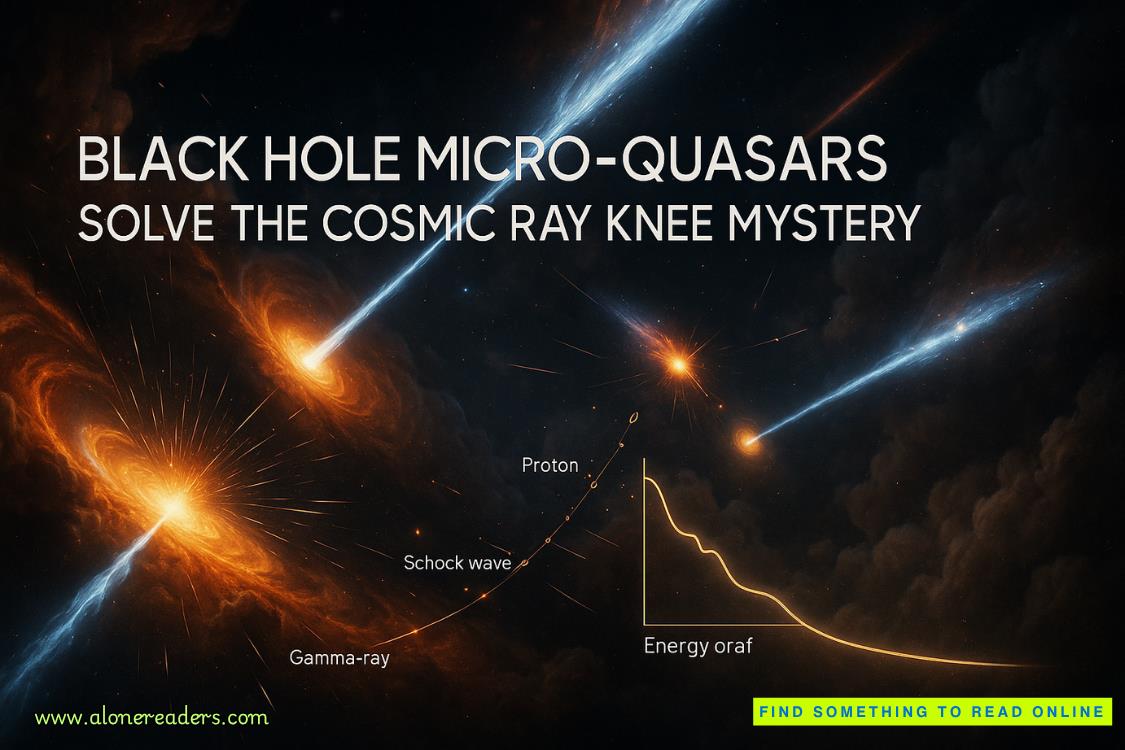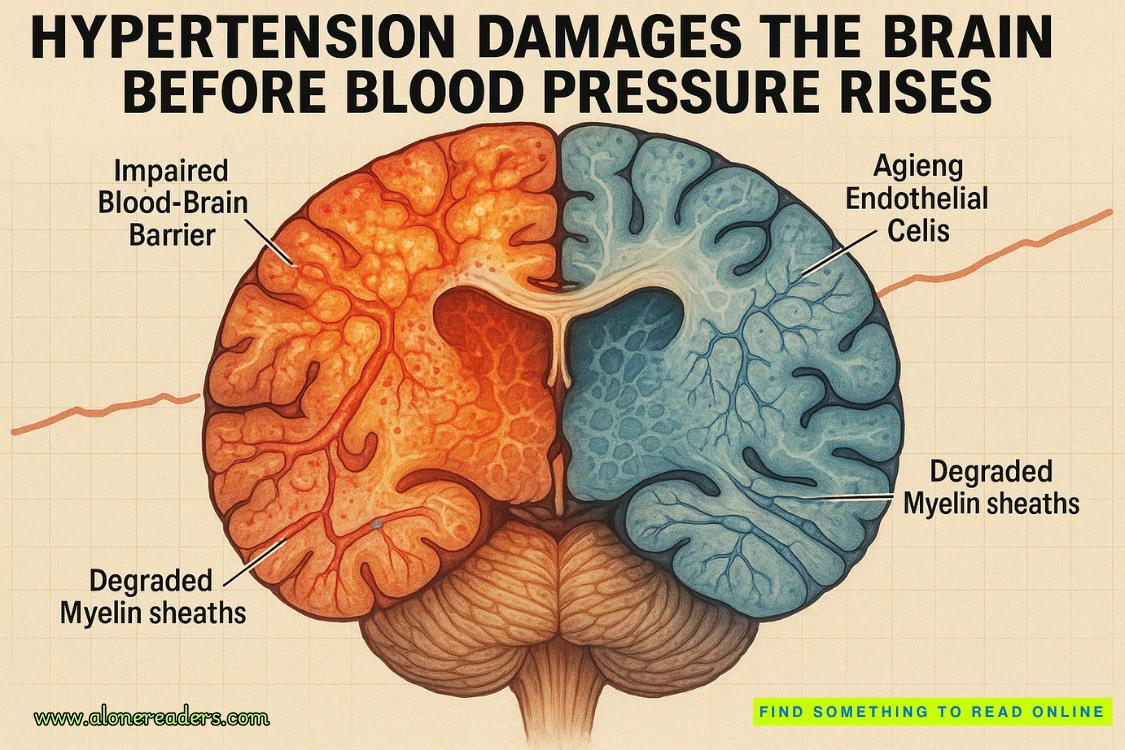Page 20 of Deadly Sacrifice
Randy pulled the truck out of the parking lot of Pukalani Superette, a small but popular local upcountry market. Jeff had left his Jeep there after he stocked up on their delicious ready-made local food.
“That’ll be fine for what we’re doing. After that, we’ll drive to the Kalahaku Overlook. It’s one of the best places to photograph the whole crater, and you can see the Big Island in the distance across the ocean. After that we’ll head for the summit to shoot the sunset, then hang out there until it gets dark and take pictures of stars.”
“I’ve never shot stars before.”
“Unless we get some high clouds, you’ll be able to see plenty tonight. The air at the summit is literally the cleanest in the world.”
“Really?” Jeff glanced at Randy’s weathered face, stubbled with salt-and-pepper beard. Neither of them had taken time to shave that morning. He rubbed his own jaw; his was coming in dark, contrasting with his light brown hair.
“Yup. The crater is miles from the nearest sources of pollution and scrubbed clean by the trade winds. You brought gloves, didn’t you? It’ll be cold later if the wind is blowing.”
“I’m good to go. Thanks for the heads-up on packing and prep.” Jeff gazed out the window at the beautiful scenery they were passing as they began the ascent of Haleakala, following gentle switchbacks through cattle pastures overlooking the waist of the island’s figure eight shape. The ocean was a dusky blue in the distance, still shadowed by the massive volcano.
Jeff watched the vista unfold below them; a series of postcard views strung together. “What’s the story with this place?”
“In Hawaiian, Haleakala means ‘House of the Sun’,” Randy said. “The myth goes that this is where the demigod Maui lassoed the god of the sun to make him slow down the sun in its trip across the heavens. Pele, the goddess of volcanoes and fire, stopped here when she was looking for a place to call home. She dug a pit that became the massive crater we know as Haleakala. This was before she settled in the Halema?uma?u Crater at the summit of Kilauea. Haleakala has a lot of cultural significance to native Hawaiians.”
“From here it doesn’t look like a volcano to me. More like a regular mountain,” Jeff said, indicating the gentle grassy slope they were ascending in swooping arcs of well-maintained road.
“I get that. Haleakala’s a shield volcano, not as steep as the other types. It’s ten thousand feet at the summit and about twenty-five miles wide at the base. When most people think of volcanoes, they think about stratovolcanoes, like Mount Fuji or Mount Rainier. Different geology. Much more dangerous.”
“But this one is dormant, right?”
“Yes, for the last two hundred years—but if it comes back to life, we’ll know right away,” Randy chuckled.
At Hosmer Grove, a small picnic and camping area within the park, they spent a couple of hours photographing brilliantly colored red and green endangered birds as they flitted about on yellow flowered bushes calledmamaneand feathery redlehua. Jeff soaked in the experience, reveling in the fact that he lived here now. This exceptional spot was only a couple of hours from his apartment near the beach in Kihei; he could come up here anytime and enjoy the birds in their wild setting.
Eventually, they drove further up to the Kalahaku Overlook, half a mile down from the summit. There, they carried their cameras up a short set of stairs to a flat observation area with a safety railing and a small man-made windbreak.
From that observation point, the crater was laid out before them, measuring around two and a half miles wide and seven and a half miles long. The cliff walls around the perimeter rose about fifteen hundred feet above the crater’s floor. Jeff was stunned by the colors, textures, and shapes before him, observing closely as Randy described the geology. “This is an erosional crater. It was a taller mountain once but has been worn down by wind and water. At some point, while the island was still a ‘hot spot’ in the earth’s crust, all those small cinder cones popped up.”
“Over there,” Randy said, pointing off to the right, “is the summit. You can’t see it from here, but that’s where the Sliding Sands Trail into the crater starts. There’s the line of it running down that slope,” he added. Jeff nodded, aiming his lens to follow the etched line of the trail. “If you decide to hike the crater, you’ll end up below here and climb out on those switchbacks off to our left.”
The overlook where they perched was due north of one of the most photographed cinder cones in the crater, Ka Lu’u o ka ‘O‘o. The colors that flowed across its charcoal haunches included brick red, ochre, umber, deep orange, pale yellow, tan, and white—the result of different minerals ejected from the volcanic cone. The cone naturally drew the eye, like a geological calico cat curled serenely in the circular lap of the mountain.
For half an hour, they shot pictures of the landscape with wide-angle lenses. Jeff eventually mounted his telephoto on his camera and looked for details to photograph close-up.
“It looks like there’s a trail going to that cinder cone,” he said, pointing.
“That’s a spur off the trail. It’s one of the only cinder cones you can hike to, just an out-and-back from the main trail,” Randy said.
Jeff peered through his viewfinder again and zoomed in with his telephoto. “There’s someone down there, sitting under that lone tree.” He lowered the camera from his face and stared down into the crater. “That’s weird.”
“Let me see,” Randy said. Jeff handed over the camera.
Randy focused on the top of the cinder cone and moved the lens slightly. “Huh. No one’s supposed to be there. The entire crater is ecologically sensitive, and the rangers get upset when people are off the trail.”
“Let me take another look,” Jeff said, taking back the camera. He zoomed in closer, but clouds had moved over the area and cast a shadow. “Shit, got to adjust the exposure.” He dialed the ISO higher to make the camera’s sensor more sensitive to light, then snapped off a few pictures: a man dressed in a loincloth was sprawled against a small, twisted koa tree. He was facing away from them, making his pale legs and bare feet clearest to see.
Jeff lowered the camera and they looked at the monitor on the back to examine the image.
Randy frowned at the figure. “It almost looks like he’s taking a nap, but he’s not moving. And why would his legs and feet be bare? It’s cold down there.”
“Maybe we should alert the rangers.” Jeff had a bad feeling; something about the way the guy was sitting bothered him. “Should we hike down and take a look? See if he needs help?”
“That’s five miles round-trip and two thousand feet of elevation gain coming back out. We can notify the park rangers on our way out, let them check it out. Or . . .” Randy grinned . . . “I can send my drone to have a look.”
“Wait—you have a drone?” Jeff’s eyes widened with surprise. “I’ve always wanted to play with one of those.”















